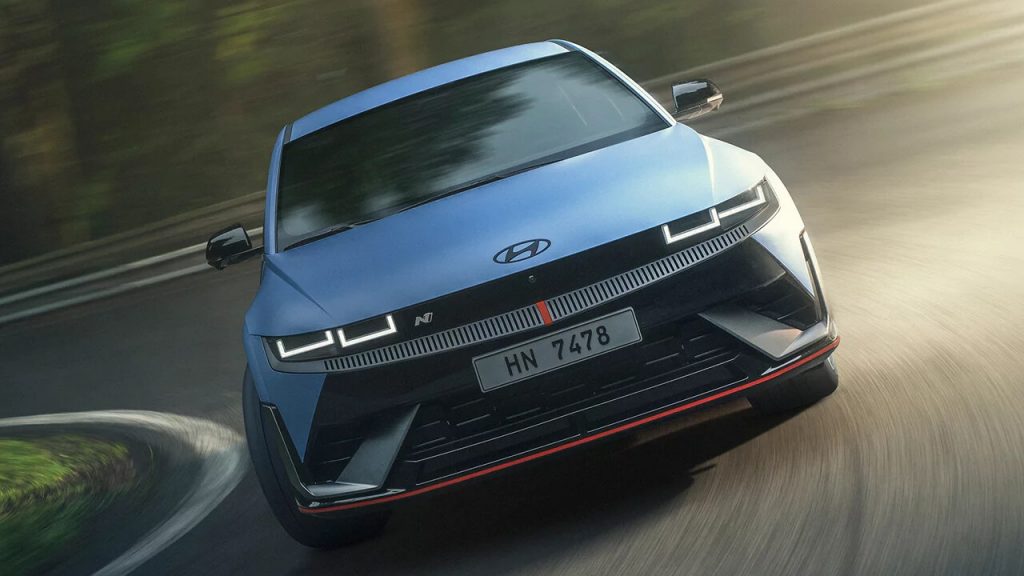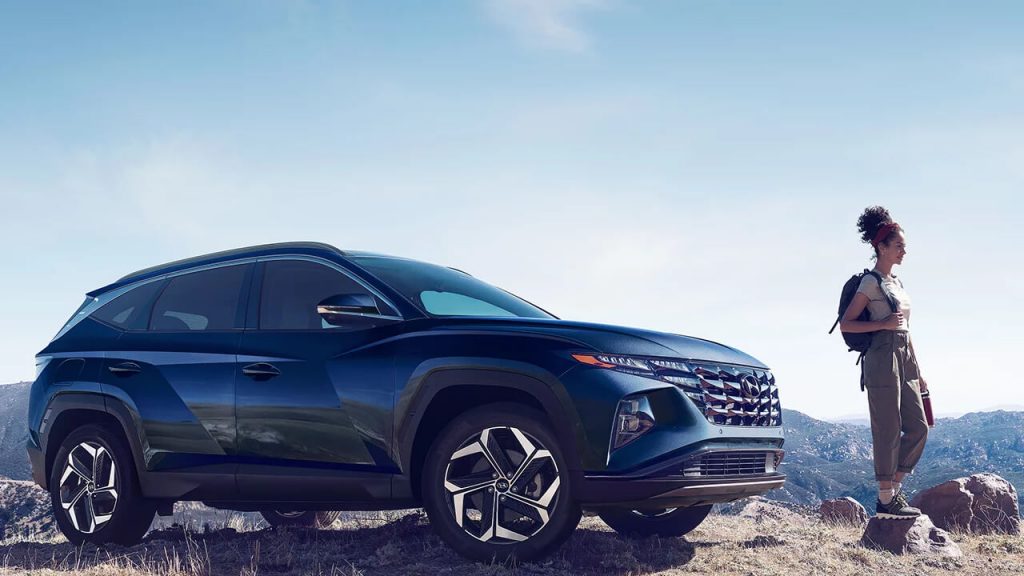As the automotive industry shifts towards sustainability, electric vehicles (EVs) are gaining widespread attention. Hyundai, a prominent player in this market, has been actively producing electric cars. One common question that arises is whether Hyundai electric vehicles incorporate alternators, a vital component in traditional internal combustion engine vehicles.
In this article, we’ll explore the presence of alternators in Hyundai EVs and delve into the alternatives these innovative vehicles employ.
Understanding the Role of Alternators
Before we delve into Hyundai’s electric vehicles, let’s understand the traditional role of alternators. In conventional cars, alternators play a crucial role in charging the battery and powering the electrical systems when the engine is running. They generate alternating current (AC), which is then converted to direct current (DC) to charge the battery and supply electricity to various components.
Do Hyundai EVs Have Alternators?
In the realm of electric vehicles, the need for an alternator diminishes. Unlike internal combustion engines, electric vehicles use electric motors powered by high-capacity batteries. As a result, the architecture of EVs eliminates components like alternators that are integral to traditional vehicles.
The Absence of Alternators in Hyundai EVs
Hyundai electric vehicles, such as the Kona Electric, Ioniq Electric, and Tucson Plug-In, do not incorporate alternators. The absence of an internal combustion engine in these vehicles negates the necessity for components designed to support traditional engines.
What Do EVs Use Instead of Alternators?
- Regenerative Braking Systems: One of the innovative features that replace the traditional alternator in EVs is regenerative braking. This technology allows electric vehicles to recover and store energy when decelerating or braking. The electric motor acts as a generator during braking, converting kinetic energy back into electrical energy. This regenerated energy is then directed back to the battery for storage and later use, enhancing overall efficiency.
- Electric Motor as a Generator: In EVs, the electric motor itself can function as a generator. During periods of deceleration or when the vehicle is coasting, the motor operates in reverse, converting kinetic energy back into electrical energy. This regenerated power contributes to extending the driving range of the vehicle.
- Dedicated DC-DC Converters: Electric vehicles utilize DC-DC converters to manage and distribute electrical power within the vehicle. These converters ensure a seamless transition of energy from the high-voltage battery to the low-voltage battery, which powers auxiliary systems such as lights, air conditioning, and entertainment systems.

Available Hyundai EVs
Kona Electric
The Hyundai Kona Electric is a compact electric SUV known for its impressive range and practicality. With no need for an alternator, the Kona Electric features regenerative braking and a powerful electric motor that delivers a dynamic driving experience.
Ioniq Electric
The Hyundai Ioniq Electric stands out as a versatile electric vehicle, available in hybrid, plug-in hybrid, and all-electric variants. Its electric version relies on regenerative braking and the electric motor’s dual functionality as a power source and a generator.
Tucson Plug-In
The Tucson Plug-In is a hybrid SUV that combines the versatility of Hyundai’s popular Tucson model with the efficiency of plug-in hybrid technology. It offers the convenience of charging the battery by plugging in, allowing for short all-electric trips and reducing overall fuel consumption.
With a spacious interior, advanced safety features, and a focus on eco-friendly performance, the Tucson Plug-In represents Hyundai’s commitment to providing a greener driving experience without compromising on style and practicality.
Conclusion:
Hyundai electric vehicles do not incorporate alternators, marking a significant departure from traditional internal combustion engine vehicles. Instead, these innovative cars leverage regenerative braking, the electric motor’s dual functionality, and dedicated DC-DC converters to efficiently manage and utilize electrical energy.
As the automotive landscape continues to evolve, Hyundai’s commitment to electric mobility positions them as key players in the transition towards a sustainable and electrified future.
